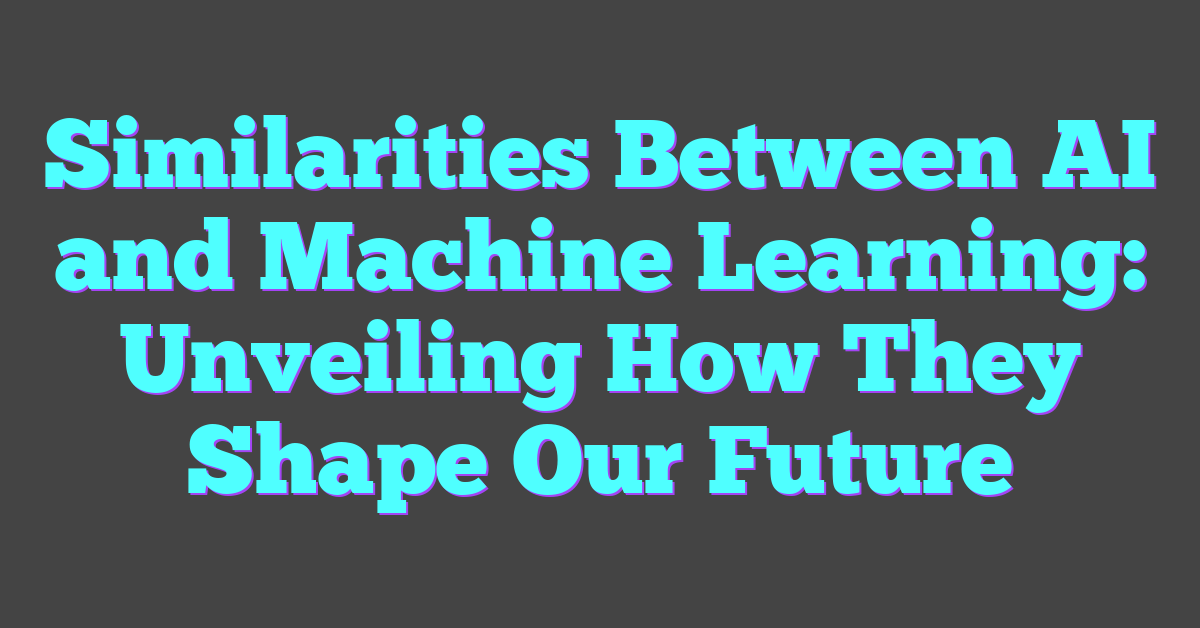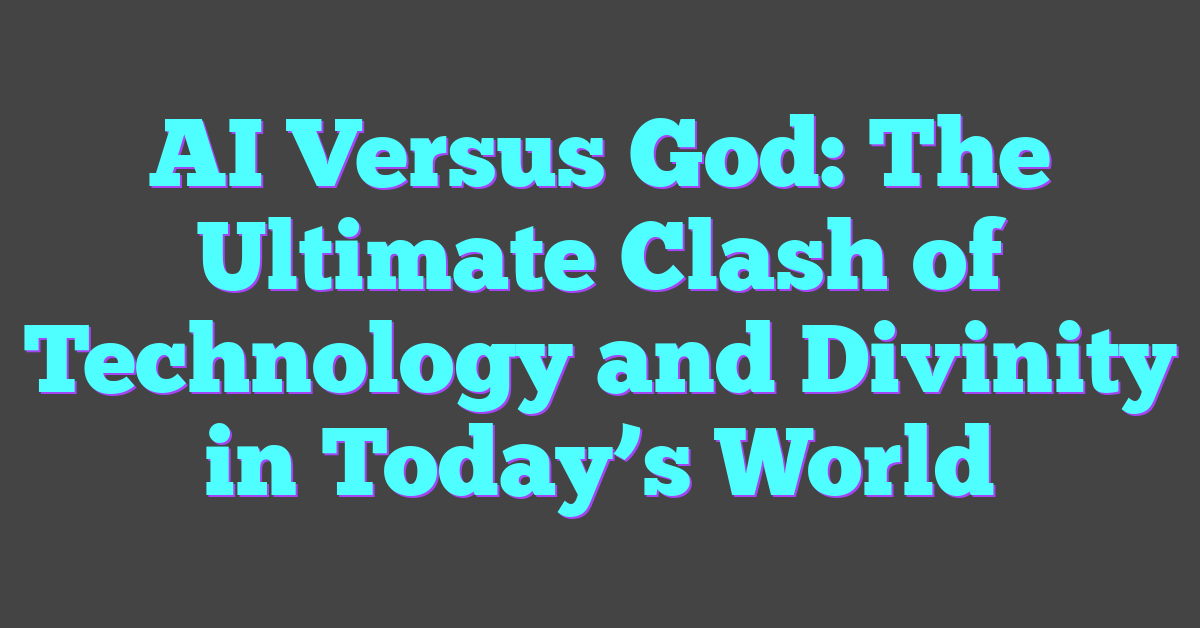Creating unique and eye-catching images can feel like a challenge, especially if you’re not a professional designer. That’s where DALL-E steps in—a powerful AI tool that turns your ideas into stunning visuals with just a few words. It’s like having a creative partner that never runs out of inspiration.
When I first discovered DALL-E, I was amazed by how easy it was to bring my imagination to life. Whether you’re crafting visuals for a project or just playing around with concepts, this tool makes the process fun and surprisingly simple. Let me walk you through how to use DALL-E to create images that stand out and spark curiosity.
What Is DALL-E?
DALL-E is an advanced artificial intelligence model developed by OpenAI that generates unique images from text prompts. It’s based on a powerful machine learning architecture called a transformer, which enables it to analyze the relationships between words and translate them into visual elements.

Unlike traditional design tools requiring human skills, DALL-E interprets creative input directly from descriptions. For example, entering “a futuristic cityscape under a pastel-colored sky” results in an image closely reflecting this idea. By leveraging neural networks, it blends its training data to produce visuals that align with even complex prompts.
DALL-E is particularly useful for creators like me who combine content creation with AI. It streamlines artistic processes, making intricate visuals possible without extensive editing or advanced design expertise. This tool bridges the gap between abstract ideas and visually compelling representations.
Key Features Of DALL-E
DALL-E leverages cutting-edge AI and machine learning technologies to simplify the creation of visually unique content. Its features reflect the innovative capabilities of OpenAI’s models and cater to both creative experts and beginners alike.
AI-Generated Art
DALL-E generates art by interpreting text prompts using advanced transformer-based machine learning. It translates descriptive input—including objects, settings, and moods—into detailed visuals. For example, “a sunset over a futuristic city in watercolor style” results in an artwork reflecting each specified element. This feature opens possibilities for artists, marketers, and content creators to visualize complex ideas without traditional artistic processes.
Versatility In Styles And Outputs
Its ability to adapt to varied artistic styles makes DALL-E highly versatile. It can produce outputs in formats such as paintings, illustrations, sketches, or photorealistic renders. Whether designing surreal concepts or professional graphics, users can explore diverse visual aesthetics. For example, creating an “oil painting of a robot in a forest” produces a dramatically different result from requesting a “3D render of the same concept.”
User-Friendly Interface
The tool’s intuitive interface ensures accessibility regardless of skill level. Users input descriptive text and, in seconds, see multiple generated images, which can be downloaded or refined via further prompts. The simplicity of this process promotes efficiency, letting more attention focus on creativity rather than mastering workflows. For instance, even as a machine learning expert, I appreciate how seamless it is to go from idea to finished visual in just a few clicks.
Setting Up DALL-E
Getting started with DALL-E is straightforward, even for those new to AI tools. The platform’s intuitive design enables creators to focus on generating unique visuals without unnecessary complexity.
Accessing The Platform
Start by visiting OpenAI’s official website at openai.com. Under the “Products” tab, select DALL-E to access its dedicated section. The platform can also be found through OpenAI’s API access page for developers. A stable internet connection ensures smooth operation, as DALL-E processes prompts via cloud-based infrastructure.
Creating An Account
Creating an account is essential for accessing DALL-E’s features. Click “Sign Up” on the OpenAI login page, then enter a valid email address, or use social login options like Google or Microsoft. Confirm the account through a verification email, then input profile details. OpenAI may require additional verification, such as a phone number, to ensure security. I found this process quick, paving the way to immediate usage.
Navigating The Dashboard
The DALL-E dashboard simplifies visual creation with neatly organized sections. A prominent text input field lets users enter detailed prompts, while preview areas display generated images in real-time. Tabs or side menus provide access to past projects, style options, and customization tools. The dashboard’s intuitive layout allows creators to quickly refine prompts, experiment with variations, and download files effortlessly. It’s designed to encourage experimentation, which I always find invaluable in content creation.
How To Use DALL-E For Unique Images
DALL-E combines advanced AI with creative possibilities, making it a powerful tool for generating compelling visuals. I’ll break down the process into three key steps to help you produce unique and attention-grabbing images.
Crafting The Perfect Prompt
A precise text prompt serves as the foundation for generating accurate images in DALL-E. Begin by describing the image in detail, including specific elements like objects, colors, styles, or time periods. For example, “a futuristic city skyline at sunset with flying cars in a cyberpunk style” results in rich, contextual visuals. Use clear and descriptive language for the best outcomes; vague prompts like “a city” produce simpler results.
Incorporating creative words enhances uniqueness. Adding modifiers like “abstract,” “surreal,” or “minimalist” further defines the artistic output. Experimenting with prompts is essential, as subtle changes can create vastly different results. Using multiple descriptive layers in a single prompt allows DALL-E to interpret and blend them effectively.
Adjusting Settings For Customization
The settings panel lets users tailor outputs to align with their vision. Adjusting parameters such as aspect ratio ensures the image fits specific platform requirements. For instance, use 16:9 for widescreen formats or 1:1 for social media posts. Fine-tuning resolution directly impacts detail and clarity.
Style selectors provide flexibility. By experimenting with artistic styles like “oil painting,” “digital art,” or “photorealism,” I’ve found that I can match visuals to the context of my online content. The model’s ability to adapt these styles to your inputs ensures results stay versatile.
For text-to-image projects, incorporating adjustments such as “creativity mode” enables more abstract visuals, while structured settings refine realistic elements. Balancing these options optimizes image output for varying creative needs.
Generating And Refining Images
Once the prompt and settings are ready, DALL-E instantly generates multiple variants. Reviewing these options allows you to identify the most aligned output. Click on individual images to explore details or discard those less relevant to the concept.
For refinement, use editing features to enhance specific aspects. Tools like inpainting enable corrections or additions—add missing elements or edit out inconsistencies. For example, if a generated image has a partially incomplete background, inpainting fills in the gaps seamlessly.
Iterative adjustments maximize quality. If the first generation isn’t ideal, tweak the prompt or settings and rerun the process. Saving variants ensures you can always revisit earlier designs, maintaining flexibility throughout your creative journey. Every detail, from initial input to final refinement, contributes to achieving standout visuals.
Tips And Tricks For Better Results
Using DALL-E effectively combines creativity with a solid understanding of how text prompts and AI processes work. As someone passionate about artificial intelligence and content creation, I’m sharing techniques that help refine generated results.
Experimenting With Prompts
Crafting detailed and imaginative prompts significantly impacts DALL-E’s outputs. I start by including clear descriptions of the subject, style, and specific details. For example, instead of “a tree,” I might input “a towering oak tree in autumn, with golden leaves and soft sunlight.” Adding context like emotion or time (e.g., “at sunset” or “with a serene atmosphere”) helps enhance visual storytelling.
Breaking down complex ideas into smaller segments often improves accuracy. Instead of combining too many elements in one prompt, I create variations for different components, then compare results. This approach ensures each detail is represented with precision. Experimenting with synonyms and artistic styles (e.g., “watercolor,” “surrealist,” or “3D render”) expands possibilities and outputs diverse interpretations.
Leveraging Variants And Edits
DALL-E’s ability to generate multiple image variants is a powerful feature. When I analyze these options, I look for elements that align with my creative goals. If edits are needed, inpainting tools let me refine specific areas without starting from scratch. For instance, I can adjust colors in a section or replace an object while keeping the main composition intact.
Creating iterative versions by tweaking initial prompts allows me to gradually improve the result. Small adjustments, like replacing adjectives or altering proportions (e.g., “wide-angle view” or “close-up”), often lead to visuals that are both unique and polished. This iterative process exemplifies how AI facilitates artistic experimentation.
Real-World Applications Of DALL-E
DALL-E’s capabilities go far beyond casual experimentation, opening up opportunities for various practical uses. Its ability to translate text into unique visuals transforms how we approach creativity and problem-solving.
Enhancing Creative Projects
Artists, designers, and content creators often look for unique ways to elevate their projects. DALL-E generates visuals in diverse artistic styles, offering fresh perspectives for creative endeavors. By providing descriptive prompts like “futuristic cityscape in watercolor style” or “surreal forest with glowing animals,” I’ve produced visuals that inspire further artistic work. This tool supports creativity by delivering concepts that are difficult to depict manually.
For writers and bloggers like me, incorporating AI-generated images into blog posts, ebooks, or social media campaigns adds significant value. The platform ensures that visuals align perfectly with narratives, enhancing audience engagement. Musicians, filmmakers, and game developers can also use it for designing original cover art, concept scenes, or character designs.
Business And Marketing Use Cases
DALL-E supports businesses aiming to captivate audiences with innovative branding and marketing content. For ad campaigns, I’ve experimented with creating targeted visuals tailored to specific demographics by integrating phrases like “modern minimalist design for eco-friendly products.” These AI-crafted designs save time while providing a competitive edge.
Startups and small businesses benefit from DALL-E’s cost-effective solution to creating professional logos, packaging visuals, and website banners. Custom illustrations enhance promotional efforts across platforms without relying on expensive designers. Marketers can also test variations of campaigns by quickly generating and comparing multiple artwork iterations, streamlining decision-making.
Conclusion
DALL-E has completely changed the way I approach visual creation. It’s not just a tool; it’s a gateway to endless creativity, making it easier than ever to bring unique ideas to life. Whether you’re an artist, a content creator, or just someone who loves experimenting with visuals, DALL-E offers something truly special.
The combination of advanced AI, user-friendly features, and endless customization options makes it a standout resource. It’s exciting to think about all the possibilities it unlocks, and I can’t wait to see how others use it to push creative boundaries.



